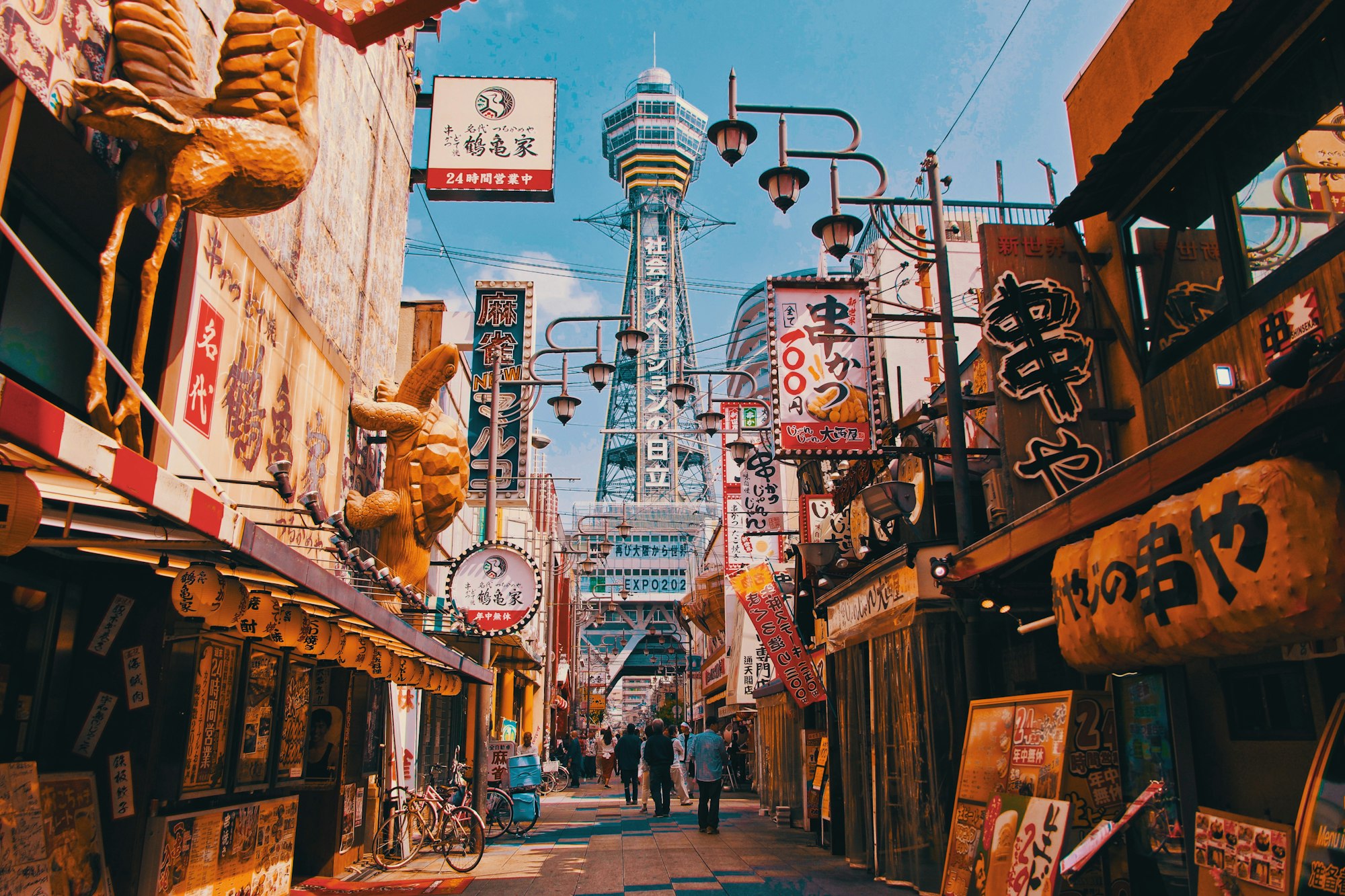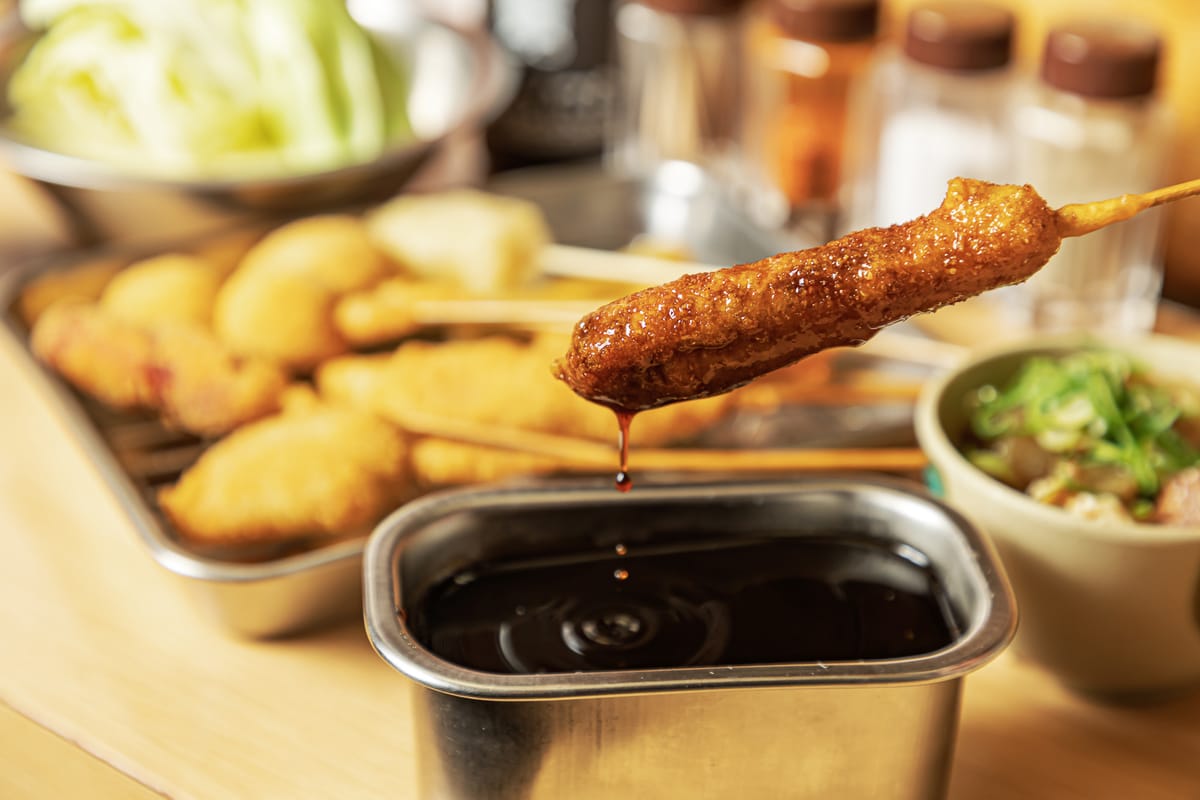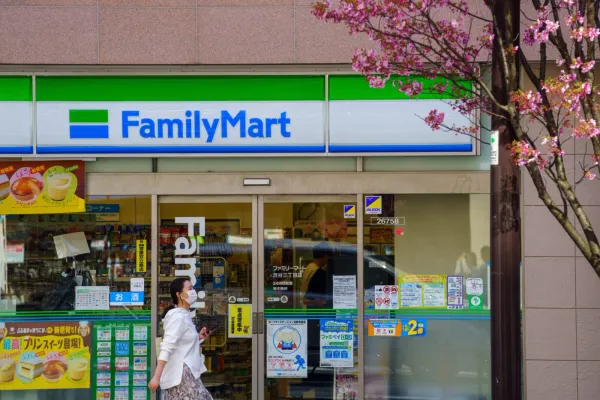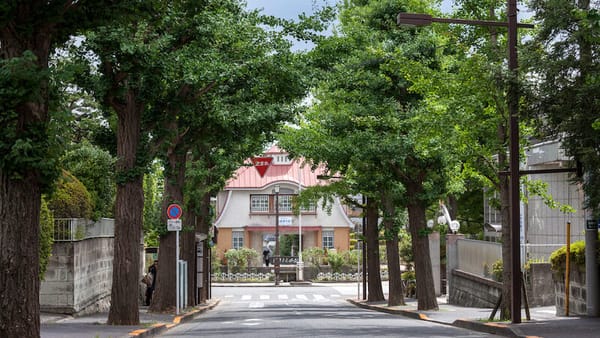Okonomiyaki: Osaka’s Comfort Food Classic
Okonomiyaki is Osaka’s soulful comfort food—messy, warm, and full of history shared around the sizzling hotplate.

More than a pancake, it’s history, community, and comfort — all sizzling together on a hotplate in the heart of Osaka.
There’s something quietly hypnotic about watching okonomiyaki cook: the batter gently sizzling, cabbage peeking from the edges, and the steady rhythm of spatulas dancing in practiced harmony. Often called a “Japanese pancake,” this description hardly captures its essence. In Osaka, okonomiyaki is far more—it’s history you can smell, comfort you can share, and above all, the city’s personality served on a plate.
The Origins of Okonomiyaki: A Dish with Deep Roots
Okonomiyaki’s story begins centuries ago, with humble street snacks like funoyaki from the Edo period—thin, crepe-like treats sold by vendors. By the 1920s and 30s, the dish evolved into issen yōshoku (“one-penny Western food”), a simple savory pancake made with flour, water, egg, and often scallions or squid. Cheap and accessible, it became a staple for everyday people.
But the modern okonomiyaki we know today truly took shape after World War II.
Postwar Osaka: Okonomiyaki as Nourishment and Resilience
In the challenging years following WWII, rice was scarce, but flour was easier to come by, thanks in part to American imports. Families improvised by mixing flour, shredded cabbage, eggs, and sometimes pork—whatever ingredients were available. The name okonomiyaki literally means “grill what you like,” reflecting its adaptable and inclusive spirit.
More than a dish, okonomiyaki was sustenance in difficult times, feeding entire families around shared hotplates. It was unpretentious, warm, and filling—a comfort food born from resilience.
What Sets Osaka-Style Okonomiyaki Apart?
You might have heard of the famous Osaka-Hiroshima okonomiyaki rivalry. Hiroshima-style is layered like a savory cake—with noodles and egg stacked over cabbage—while Osaka’s version is a freestyle mix, where all ingredients come together in the batter before hitting the griddle.
Osaka’s okonomiyaki mirrors the city itself: straightforward, playful, and full of character. It’s not about perfect presentation but about bold flavors, lively conversation, and the joy of messy, shared meals.
The Okonomiyaki Experience: More Than Just Food
Sitting around a teppan (iron-plate) table, watching okonomiyaki cook is a ritual in itself. The atmosphere is unhurried and social. Friends chat, drinks flow, and the scent of sizzling batter mingles with sweet-savory sauce. The signature bonito flakes dance atop the hot pancake, almost as if alive.
Often, diners flip their own okonomiyaki, learning the art through laughter, occasional mishaps, and mouthfuls that might be too hot. These moments turn dinner into memory.
The Local Love: Every Osakaite Has a Favorite
Ask a local where to find the best okonomiyaki, and prepare for a spirited debate. Opinions vary on sauce thickness, the ideal crispiness of edges, or whether grandma’s recipe reigns supreme. This diversity adds to the dish’s charm.
Okonomiyaki isn’t just about ingredients—it’s about ownership and identity. Every version tells a story of family, neighborhood, and tradition. The dish’s very name invites customization, making it truly personal.
What Okonomiyaki Reveals About Osaka
Okonomiyaki is Osaka’s soul on a plate: casual yet generous, a little chaotic but deeply comforting. It doesn’t aim to dazzle with sophistication but instead welcomes you with hearty warmth and good humor.
It’s a dish for everyone, regardless of language or background. All you need is an open mind, a toothpick for tasting, and maybe the courage to flip your own pancake.
Helpful Tips for Your Okonomiyaki Experience
- Timing is everything: Try visiting an okonomiyaki restaurant during lunch or early evening for the freshest batter and less crowded seating.
- Watch and learn: Many places let you cook your own okonomiyaki at the table. Don’t worry if it’s your first time — the staff or fellow diners are usually happy to guide you.
- Go local: Venture beyond touristy spots. Neighborhood joints often have secret recipes and a cozy atmosphere.
- Mix it up: Don’t hesitate to try different toppings like mochi, cheese, or seafood — each adds a new layer of flavor and texture.
- Pair wisely: A cold beer or chuhai (shochu highball) pairs beautifully with the rich flavors.
The Sensory Magic of Okonomiyaki
Imagine the crispy edges giving way to a soft, savory center. The sweet and tangy sauce coating each bite, topped with a creamy drizzle of mayonnaise and a sprinkle of seaweed flakes. The faint smoke of grilling cabbage, the gentle saltiness of bonito flakes fluttering in the warm air — it’s a sensory journey that’s comforting and exciting all at once.
Okonomiyaki isn’t just a dish to try; it’s an invitation into Osaka’s heart and history. It’s a moment shared, a memory made, and a celebration of simple pleasures done well.
If you want to keep exploring Osaka’s culture and cuisine with us, follow Coulecte on Instagram @coulecte and YouTube @coulectejapan. Sign up for our newsletter for more stories, tips, and insider guides delivered straight to your inbox.











